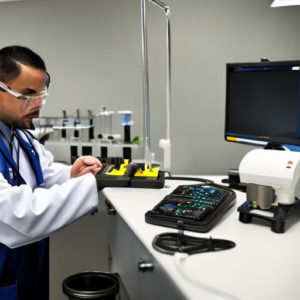 Pharmaceutical, Nutraceutical, Medical Device, API (Active Pharmaceutical Ingredient), NDI (New Dietary Ingredient) and Post Sterilization Testing. Two of these categories, API and NDI require additional explanation. Their definitions are as follows:
Pharmaceutical, Nutraceutical, Medical Device, API (Active Pharmaceutical Ingredient), NDI (New Dietary Ingredient) and Post Sterilization Testing. Two of these categories, API and NDI require additional explanation. Their definitions are as follows: